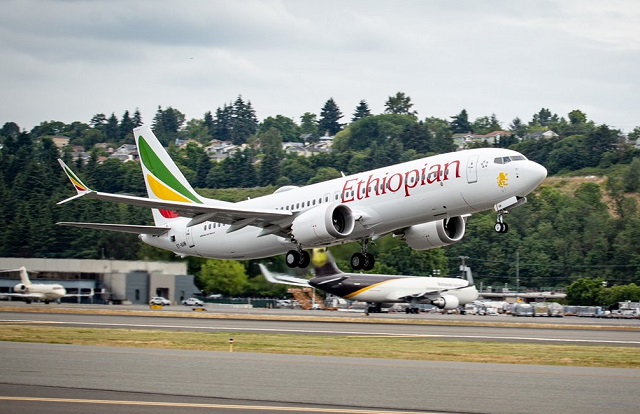737 Deja Vu All Over Again

With Sunday’s crash of a Boeing 737 MAX 8 (Ethiopian Airlines Flight 302) following just four and a half months after a so-far unexplained crash of another 737 MAX 8 (Lion Air Flight 610), the public is understandably on edge. Two almost brand new airplanes crashing shortly after take-off with no obvious explanations has prompted numerous airlines and regulatory bodies worldwide to ground the aircraft. Some travelers in the United States are nervous due to the fact that neither the Federal Aviation Administration nor any U.S. air carriers have followed suit.
Unfortunately, this is not the first time 737s have been involved in hard-to-explain accidents. On March 3, 1991, a 737 (United Airlines Flight 585) rolled over and plunged straight into the ground while on approach to the Colorado Springs airport. All 20 passengers and 5 crew were killed. After 20 months of investigation, the NTSB could not find a cause (Dec 8, 1992 accident report). Then, on September 8, 1994, another 737 (USAir Flight 427) spiraled almost straight down into ground while on initial approach into the Pittsburgh International airport. All 127 passengers and 5 crew were killed. Although problems with the hydraulic systems that control the rudder had been suspected, it was not until June 9, 1996 that investigators had sufficient data. On that date, Eastwind Airlines Flight 517, also a 737, experienced a temporary rudder malfunction. Since the malfunction was temporary, and the plane landed without further difficulty, investigators were able to interview the pilots and study the aircraft. Still, it would be another 5 years before the NTSB would issue an amended report on the United 585 accident citing the rudder system malfunction as a probable cause. The amended report was issued almost exactly 10 years after the accident.
The flight control software of the new 737 (and specifically the part known as the Maneuvering Characteristics Augmentation System), is being investigated for its potential role in the Lion Air crash. What role it may or may not have played in the Ethiopian Airlines crash is yet to be seen. With modern flight data recorder and simulation capabilities, the mysteries of the current crashes will likely be solved relatively soon. Humans aren’t perfect and neither are the machines we build. What is imperative, however, is that we learn from the tragedies and strive continually to improve safety.
